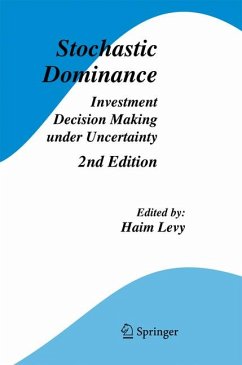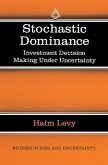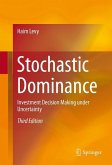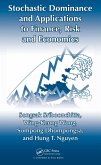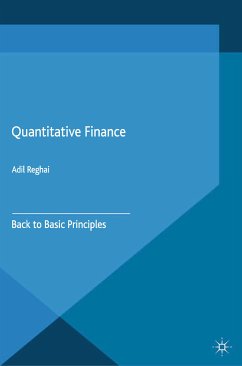Stochastic Dominance is devoted to investment decision-making under uncertainty. The book covers three basic approaches to this process: The
stochastic dominance approach; the
mean-variance approach; and the
non-expected utility approach, focusing on
prospect theory and its modified version,
cumulative prospect theory. These approaches are discussed and compared in this book. In addition, this volume examines cases in which stochastic dominance rules coincide with the mean-variance rule and cases in which contradictions between these two approaches may occur. It then discusses the relationship between stochastic dominance rules and prospect theory, and establishes a new investment decision rule which combines the two and which we call
prospect stochastic dominance. Although all three approaches are discussed, most of the book is devoted to the stochastic dominance paradigm.
Dieser Download kann aus rechtlichen Gründen nur mit Rechnungsadresse in A, B, BG, CY, CZ, D, DK, EW, E, FIN, F, GR, HR, H, IRL, I, LT, L, LR, M, NL, PL, P, R, S, SLO, SK ausgeliefert werden.

